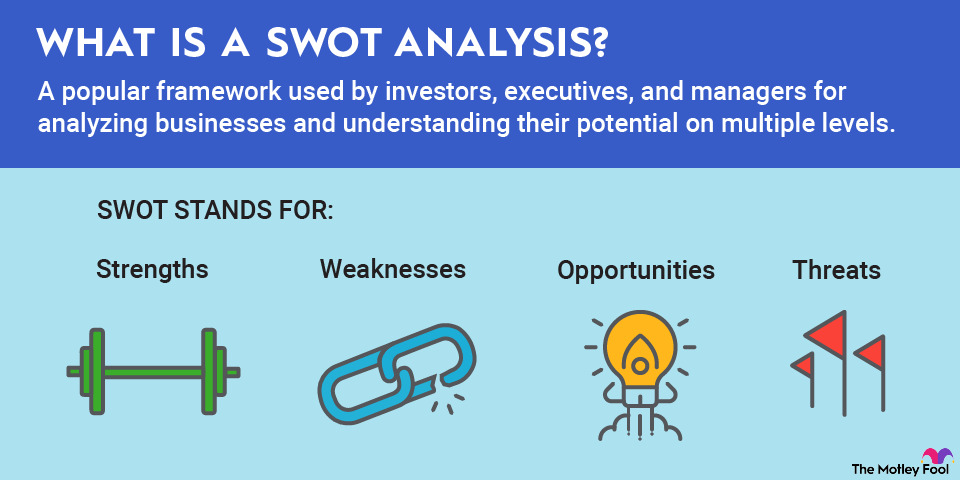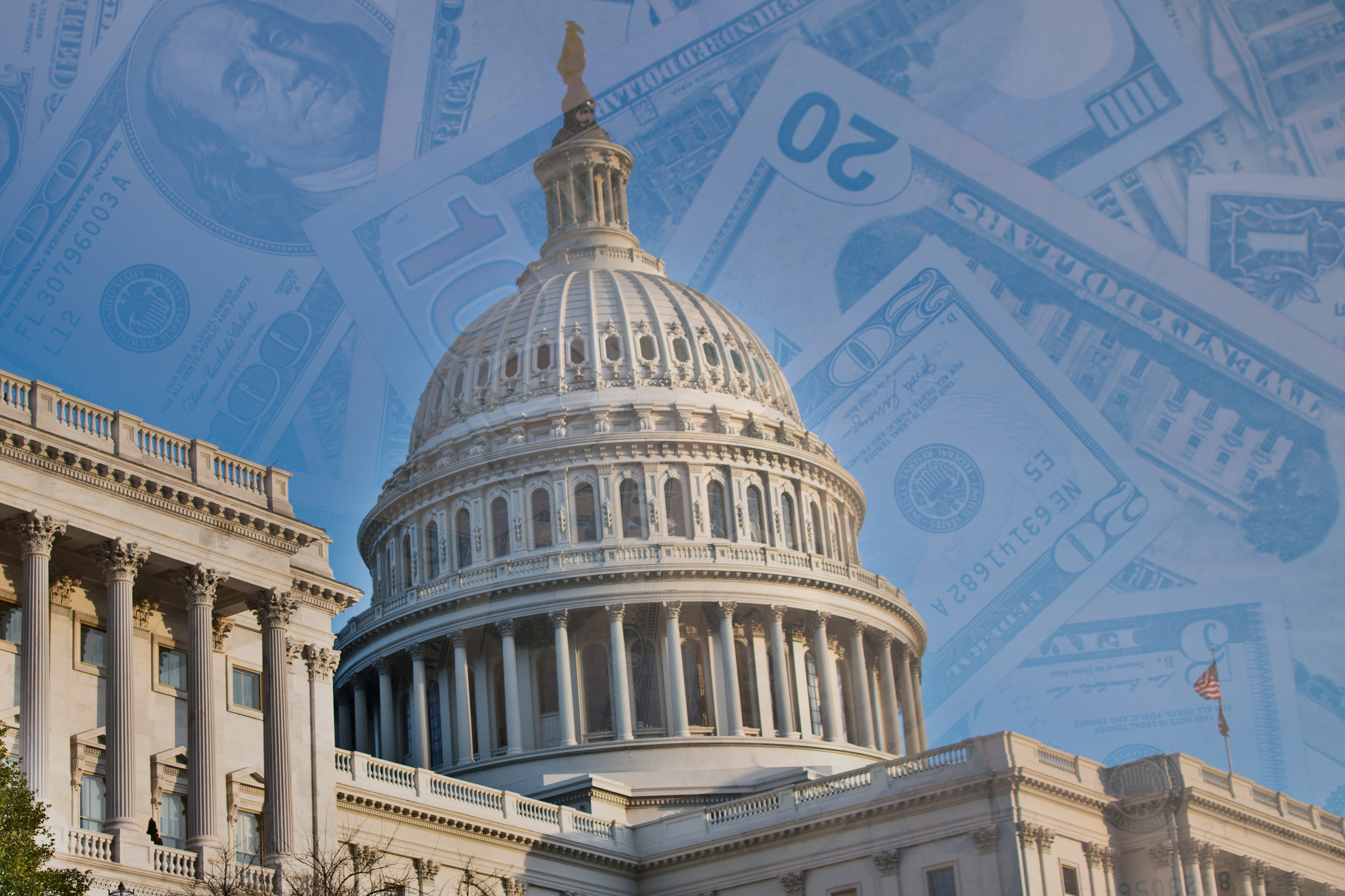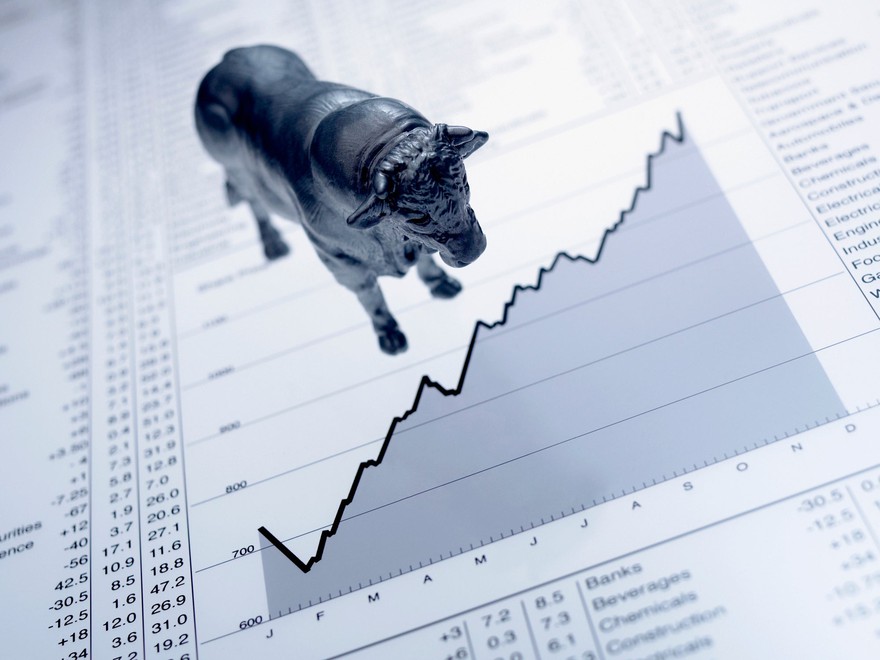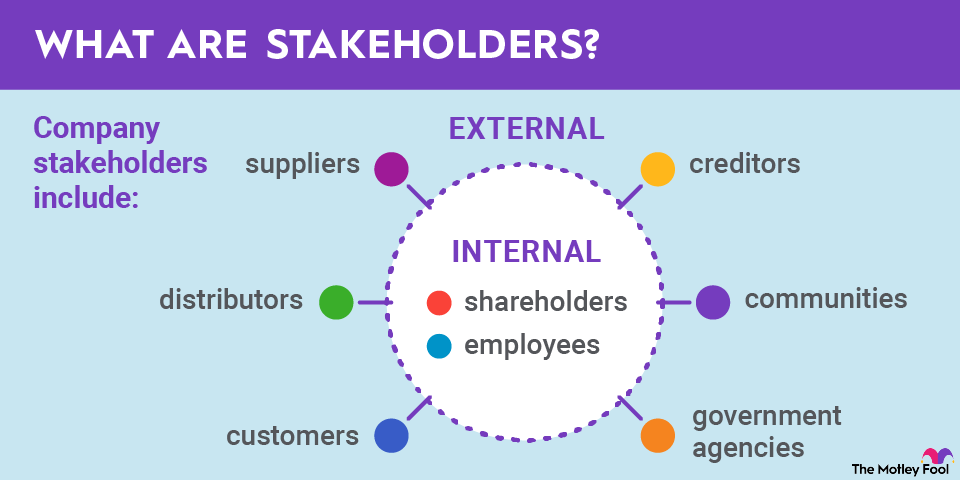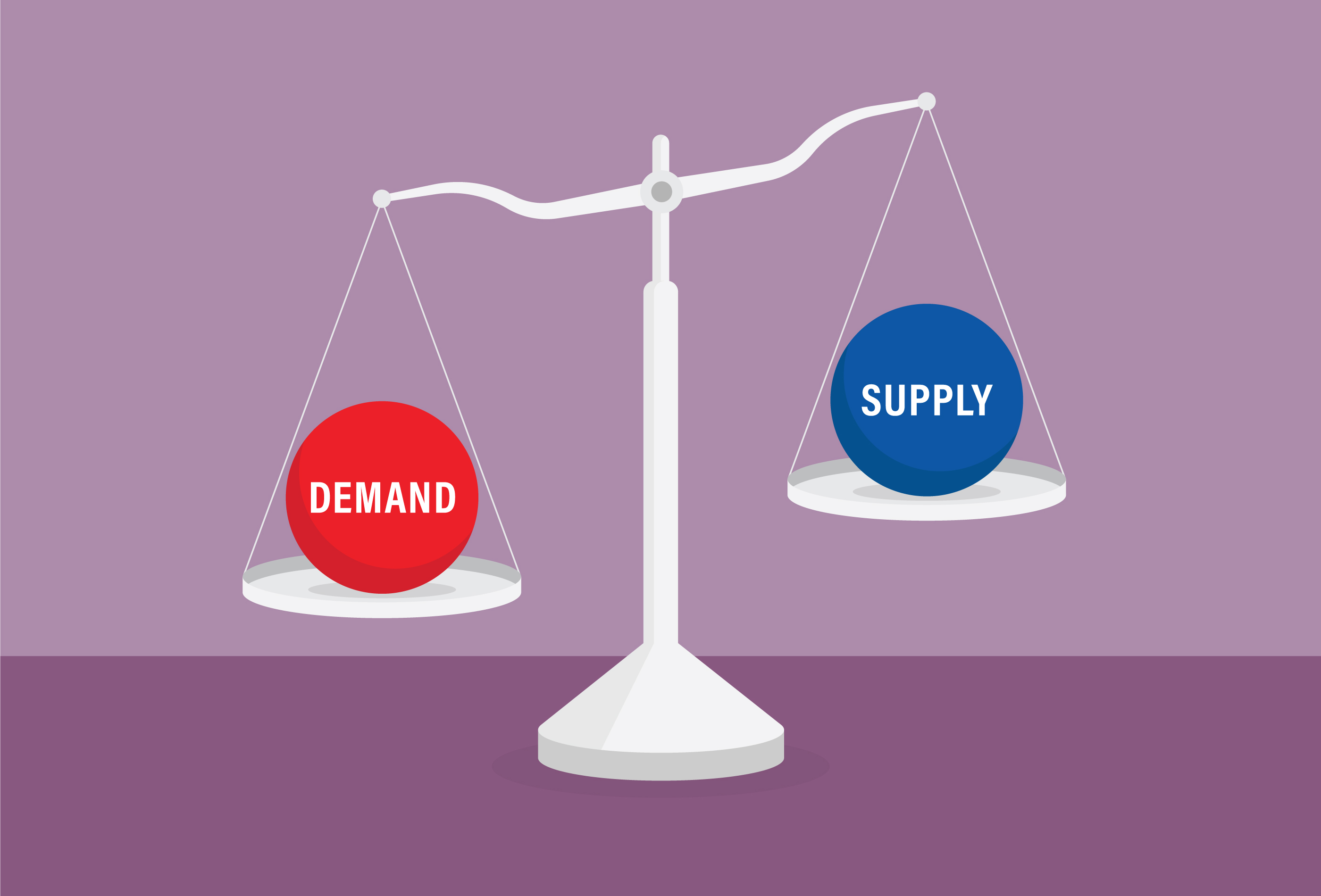There are several ways to make money with stocks, but one of the least considered is shareholder distribution. Although this might not happen with regularity, if your company is doing well enough to issue shareholder distributions, you're definitely on the right path.

What is shareholder distribution?
Shareholder distribution is how companies provide financial returns directly to shareholders. This direct incentive can appear as cash or in other ways that help increase the value of the stock so that investors are indirectly gifted with additional equity.
Companies may do this simply as a sign that the company is very healthy financially and doesn't need the cash to remain on the balance sheet. In other cases, it can be a tax strategy or simply a direct payment to shareholders to reward them for their investment in the company.
Types of shareholder distributions
There are a few different types of shareholder distributions, including:
Special dividends
Most of us are familiar with regular dividends – the magical chunk of cash that shows up periodically when our stocks are doing as they should. For holders of real estate investment trusts (REITs), these are required distributions; for other investors, they may be optional. Special dividends take place when companies have extra cash on hand and are looking to move it to their investors at irregular intervals.
Related investing topics
Why shareholder distributions matter to investors
Shareholder distributions are not something that investors can count on for income or as an incentive to purchase a stock, but they can make a huge difference in the long term. When your company is giving out shareholder distributions, it generally means that it's doing well, and that's the name of the game.
Even if shareholder distributions are small, the more of them that the company gives over the years, the healthier it may be. Companies are always seeking a balance between profit and reinvestment, and holding stocks of a healthy company that has more cash than it needs isn't a bad thing, provided it's still investing in itself and its product or service line.


